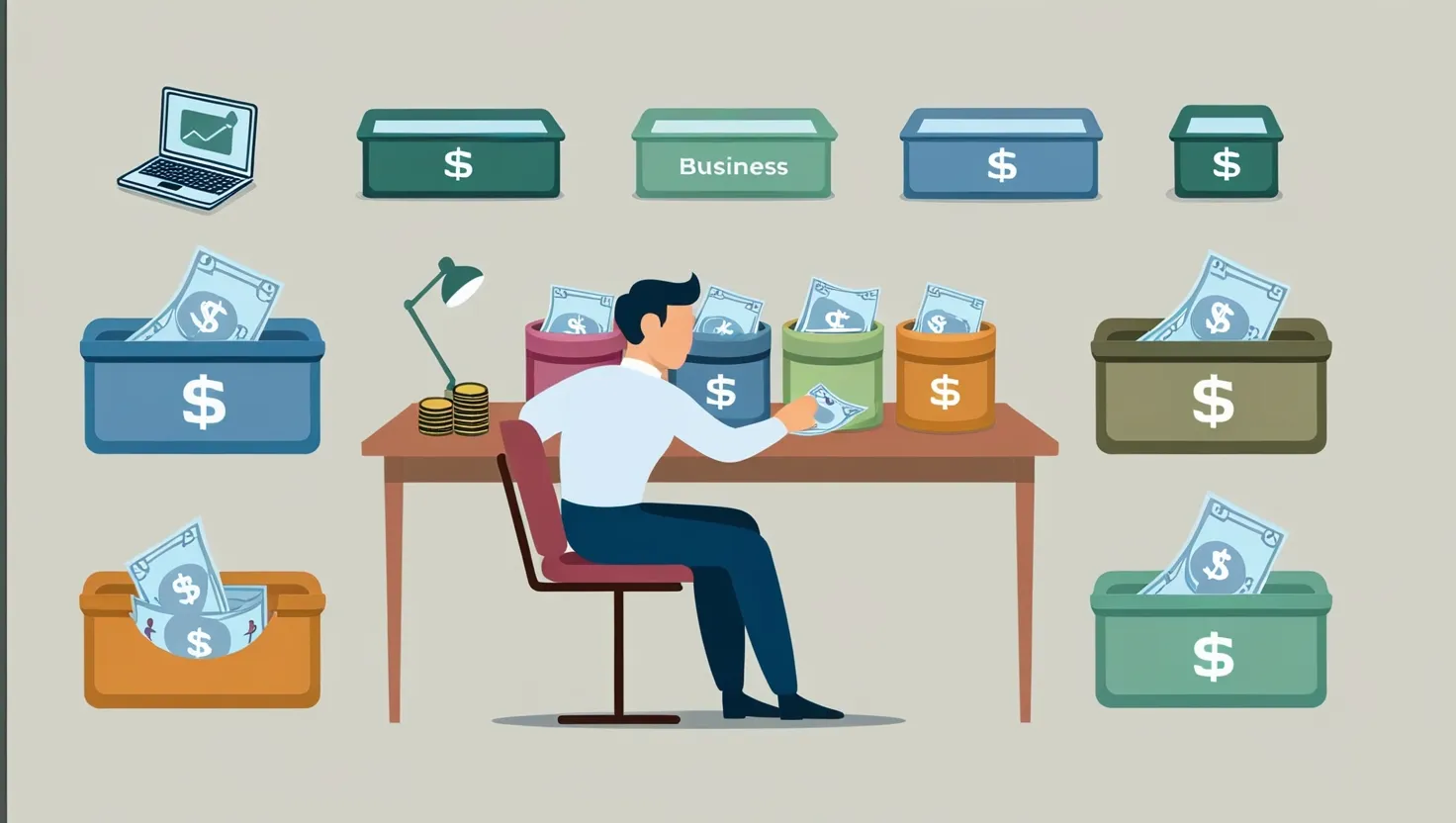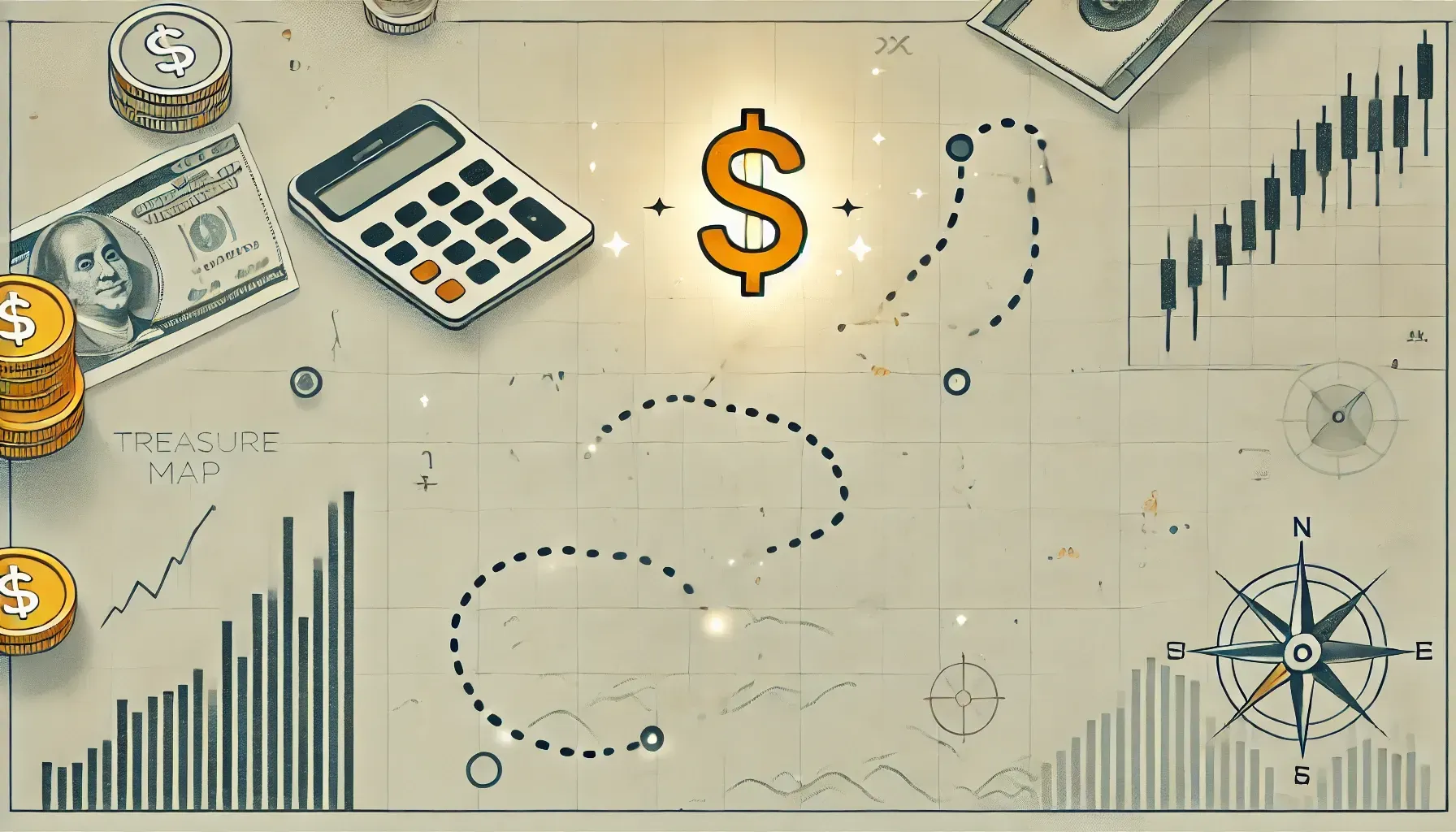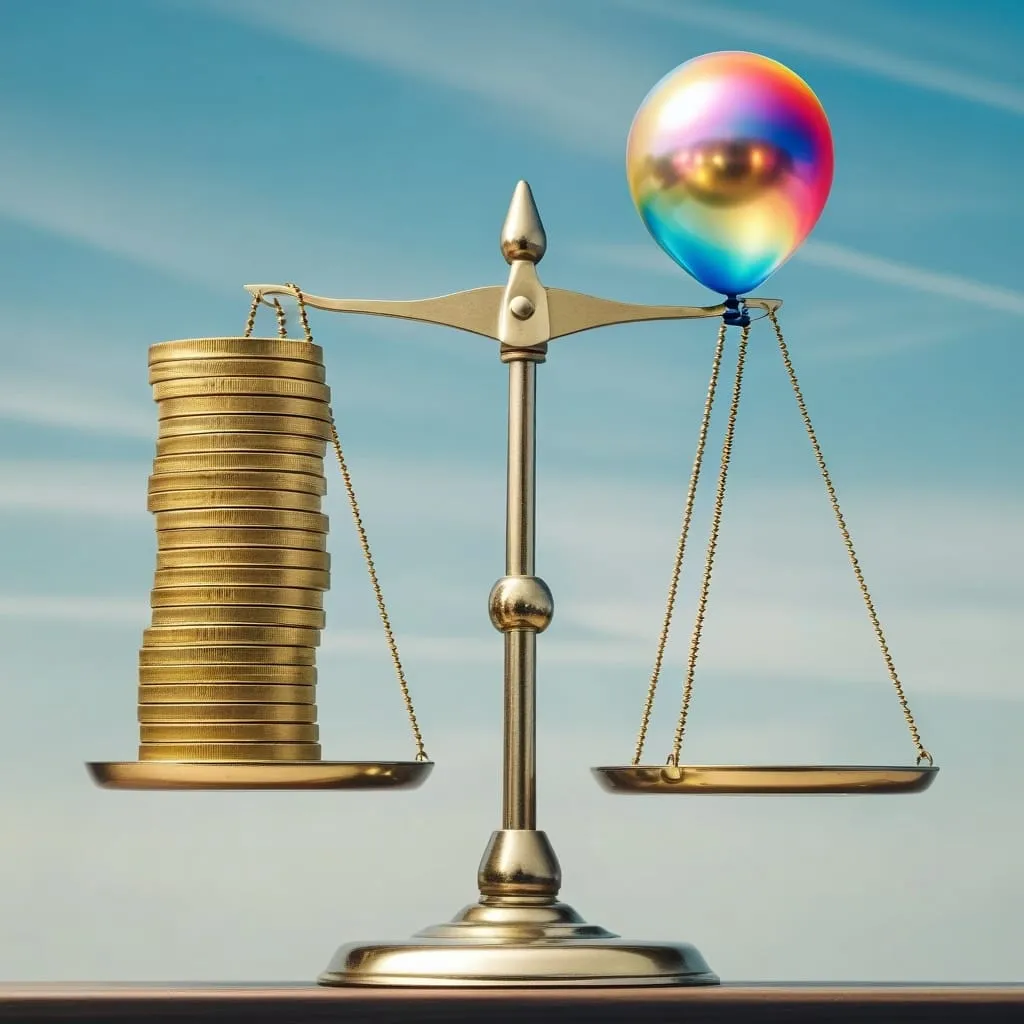If you’ve ever wondered if credit cards can actually help you build wealth—rather than drag you into debt—then you’re not alone. Most advice out there sounds the alarm on the dangers of plastic, but what if I told you that used smartly, your cards can quietly become some of the savviest financial tools in your arsenal? Let’s skip the obvious tips and explore clever, lesser-known ways you can use credit cards to build long-term wealth—all without ever flirting with debt.
“Beware of little expenses. A small leak will sink a great ship.”
—Benjamin Franklin
Look at your typical week. Groceries, gas for the commute, that streaming subscription, maybe a new pair of sneakers. Now imagine getting paid just to do those routine things. The secret is using rewards cards targeted at your real, regular spending. Let me give you an example: if you have a card offering 5% cash back on groceries and gas and you spend around $1,250 per month in those categories, that adds up to $750 per year—just for buying what you need. Most folks hear about card rewards and think it’s only for frequent travelers or big spenders, but you can rack up hundreds—even thousands—over time simply by matching cards to the things you were going to buy anyway. What if you paired that with a card for dining or one for online shopping? The trick is to always, always pay off the balance every month so the interest never touches your bottom line.
Ever noticed how credit cards lure new customers with huge, tempting sign-up bonuses? Here’s the catch: the best sign-up bonuses require you to spend a certain amount, often within the first three months. But what if you timed your applications around those necessary, larger life purchases—replacing a laptop, booking a family trip, remodeling a kitchen? By using the card for planned expenses, you clear the minimum spend without creating artificial purchases. I know people who line up these offers, use the card for things like insurance payments or annual school fees, and walk away with a stack of points or cash that paid for their next vacation—all without paying a cent in interest or carrying debt. Think about what big expenses you have coming up—could your next card application be timed to match them?
“Do not save what is left after spending, but spend what is left after saving.”
—Warren Buffett
Let’s talk about a benefit that rarely gets headlines: interest-free arbitrage. Many cards offer a 0% introductory APR for up to 18 months on purchases. Suppose you have a $10,000 emergency fund sitting in your checking account making next to nothing. Instead, you make daily purchases on a new card with a 0% promo, keep your cash in a high-yield savings account, and pay off the card right before the promo period ends. You’ve just earned a year’s worth of high-yield interest—hundreds, maybe more—on money that would’ve just sat there. The key? Never overspend, never miss a payment, and set a reminder to pay the card in full at the end of the period.
How does all this smart card usage help you when you need a real loan—say for a house or a car? Responsible card management (always paying in full, never missing payments, keeping balances well below your limit) steadily lifts your credit score. Lenders see you as a low-risk borrower, which means you qualify for the best rates and terms. That lower mortgage or auto loan rate could save you tens of thousands over the loan’s lifetime—a benefit that dwarfs any single card bonus. Even if you never plan to borrow big, your insurance premiums and even job prospects can benefit from a healthy credit history.
Have you ever bought something, only to watch the price drop days later? Many cards offer a price protection perk: if you find a lower price on your item within a set window (sometimes up to 120 days), you can file a claim for a refund of the price difference. Not every card offers this, and the specifics vary, but this little-known benefit protects your wallet from post-purchase regret. Imagine buying a laptop for $1,000, then seeing it drop to $800 a month later—a quick claim could net you $200 back. Why leave that money on the table?
“Money is a terrible master but an excellent servant.”
—P.T. Barnum
Another overlooked advantage is automated expense tracking. Most major cards now offer end-of-year summaries, categorized spending reports, and even downloadable spreadsheets. What’s so special about that? These tools make budgeting and tax prep much easier—no more sorting crumpled receipts or guessing where your money went. If you run a side hustle or have deductible expenses, this can add up to real savings and less stress. I always recommend setting up alerts to notify you when you hit, say, 30% of your credit limit—helpful to avoid surprises and keep your credit utilization low.
Here’s a question: How often do you actually look at all your card benefits? Many people sign up for a card and never revisit the perks, but issuers change their offers, rotate bonus categories, and introduce new features constantly. I make a habit of auditing my cards at least once a year—checking for new rewards, targeted spending offers, or discounts through shopping portals. You can often stack rewards by starting your shopping through a card-linked portal, collecting both the portal’s bonus points and your card’s usual rewards. Why settle for single rewards when you can double or even triple-dip?
One pitfall to avoid at all costs (and I can’t stress this enough) is carrying a balance. The average rewards rate is around 2%, while interest rates often exceed 20%. Any unpaid balance wipes out your gains—so I automate full monthly payments for every card. Convenience should never cost you.
Let’s flip it around: what if you’re worried all this card use will tempt you into overspending? Set up spending alerts or caps—most issuers allow customized notifications. I choose to set mine at 30% of my credit limit, both to avoid credit score dings and keep my budget on track. Some cards even let you freeze spending after you hit a preset threshold. Who’s in control now: you, or the card?
“Too many people spend money they haven’t earned to buy things they don’t want to impress people they don’t like.”
—Will Rogers
So, how can you start today? Here’s my approach:
First, look at your normal monthly budget and match cards to the categories where you already spend the most. There’s no need to chase rewards on purchases you wouldn’t otherwise make. Second, calendar out major planned purchases and align new card applications with those expenses to snag lucrative sign-up bonuses. Third, use 0% interest offers to your advantage by letting your own money earn for you elsewhere—just never get caught with a balance at the end. Fourth, keep an eye out for special price protection policies or card-linked discounts that can quietly boost your bottom line. Fifth, use the built-in tracking tools to review your spending and catch potential problem areas early. Finally, automate everything: from payment in full to benefit audits and even alerts that stop you from overextending.
Have you ever wondered what you might be missing out on by treating credit cards only as tools for emergencies or last-resort financing? By thinking creatively and staying disciplined, you can turn those small, everyday transactions into a steady stream of wealth-building benefits. This is about mastering the system, not becoming its victim.
What strategies could you try this month to make your cards start working for you instead of against you? What bonus categories or features have you ignored so far? If you’re already earning rewards, could you earn more by stacking offers or switching up your card rotation? Maybe it’s time to audit your current setup or set that automatic payment you’ve been putting off.
The real magic here isn’t in chasing after every new offer or constantly switching cards—it’s in building smart habits and letting those habits compound over time. By keeping your spending intentional, your payments automatic, and your eyes open for quiet opportunities, you’ll find credit cards can be powerful allies in your long-term financial journey.






